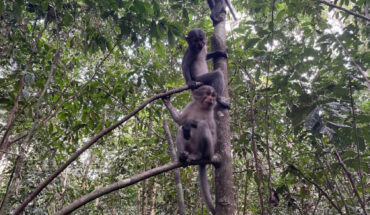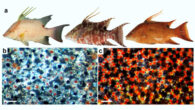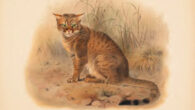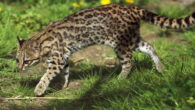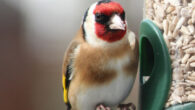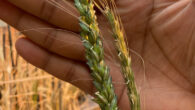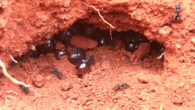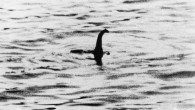Early humans and apes likely evolved free-moving shoulders and flexible elbows to slow their descent from trees as gravity pulled on their heavier bodies, acording to new research. When early humans left forests for the grassy savanna, their versatile appendages were essential for gathering food and deploying tools for hunting and defense. Sooty mangabeys (Cercocebus atys). Image credit: Luke Fannin, Dartmouth College. “The forelimbs of hominoid...

